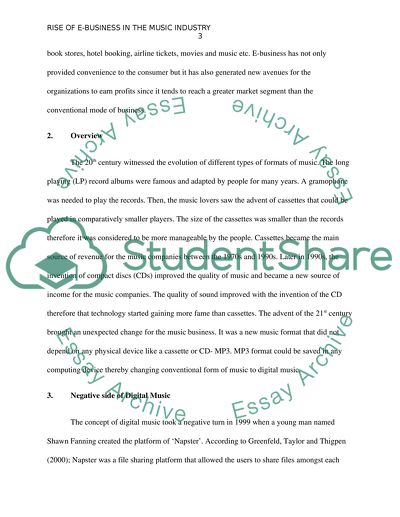Cite this document
(“The Rise of E-Business in the Music Industry (I like this topic Term Paper”, n.d.)
Retrieved from https://studentshare.org/environmental-studies/1405037-the-rise-of-e-business-in-the-music-industry-i
Retrieved from https://studentshare.org/environmental-studies/1405037-the-rise-of-e-business-in-the-music-industry-i
(The Rise of E-Business in the Music Industry (I Like This Topic Term Paper)
https://studentshare.org/environmental-studies/1405037-the-rise-of-e-business-in-the-music-industry-i.
https://studentshare.org/environmental-studies/1405037-the-rise-of-e-business-in-the-music-industry-i.
“The Rise of E-Business in the Music Industry (I Like This Topic Term Paper”, n.d. https://studentshare.org/environmental-studies/1405037-the-rise-of-e-business-in-the-music-industry-i.


